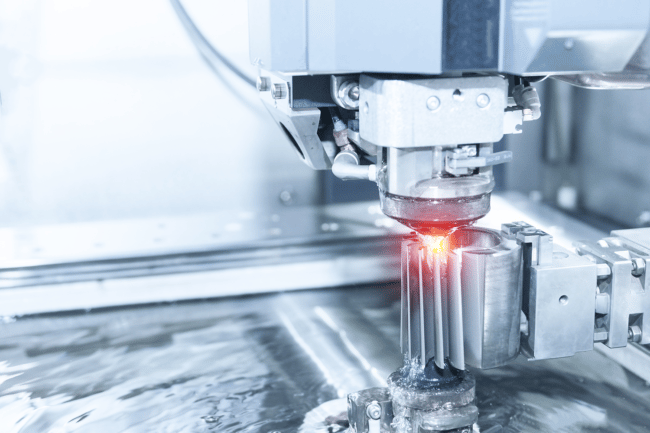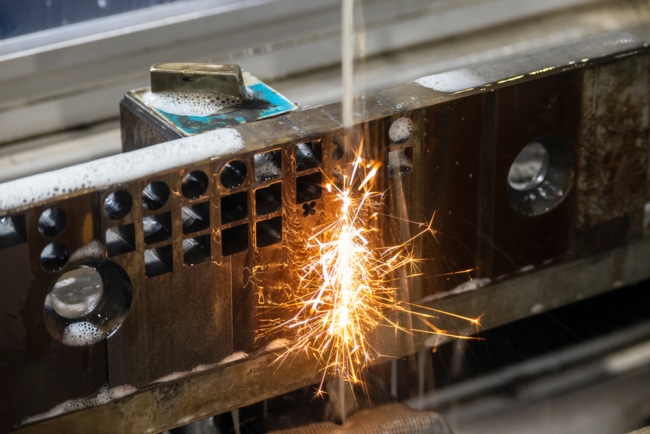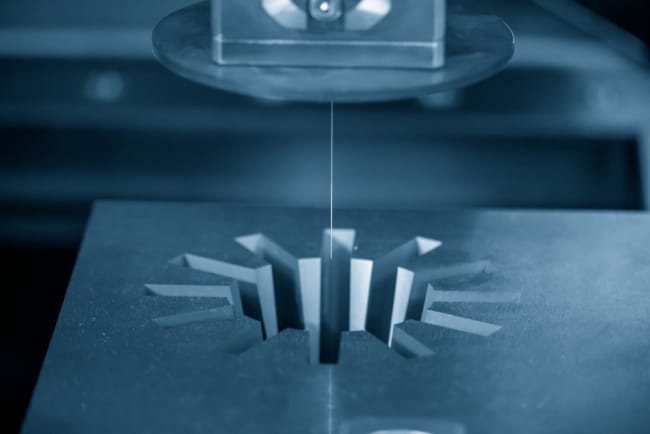Laser welding is a highly advanced and precise technique used in various industries for joining metals together. It involves the use of a highly concentrated laser beam to melt and fuse the materials, creating a strong and durable bond. This simple guide aims to provide an objective overview of laser welding, explaining its types, working mechanism, advantages, applications, and how it compares to traditional welding methods.
Complex Geometries
In recent years, laser welding has gained popularity due to its numerous benefits over conventional welding techniques. Its ability to produce clean and precise welds with minimal heat input makes it ideal for joining delicate or heat-sensitive materials.
Moreover, laser welding offers exceptional control over the weld quality and can be performed on complex geometries that are difficult to achieve using traditional methods.
Fundamentals
Understanding the fundamentals of laser welding is crucial for professionals in industries such as automotive manufacturing, aerospace engineering, electronics production, medical device fabrication, and more.
By grasping its principles and applications, one can harness the power of this cutting-edge technology to enhance productivity and create superior products.
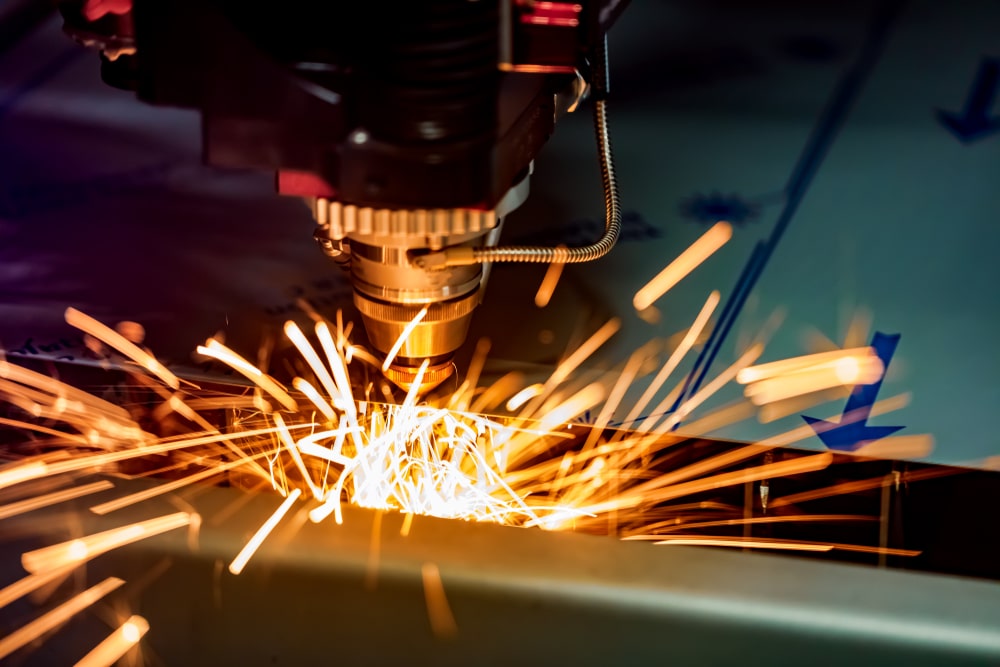
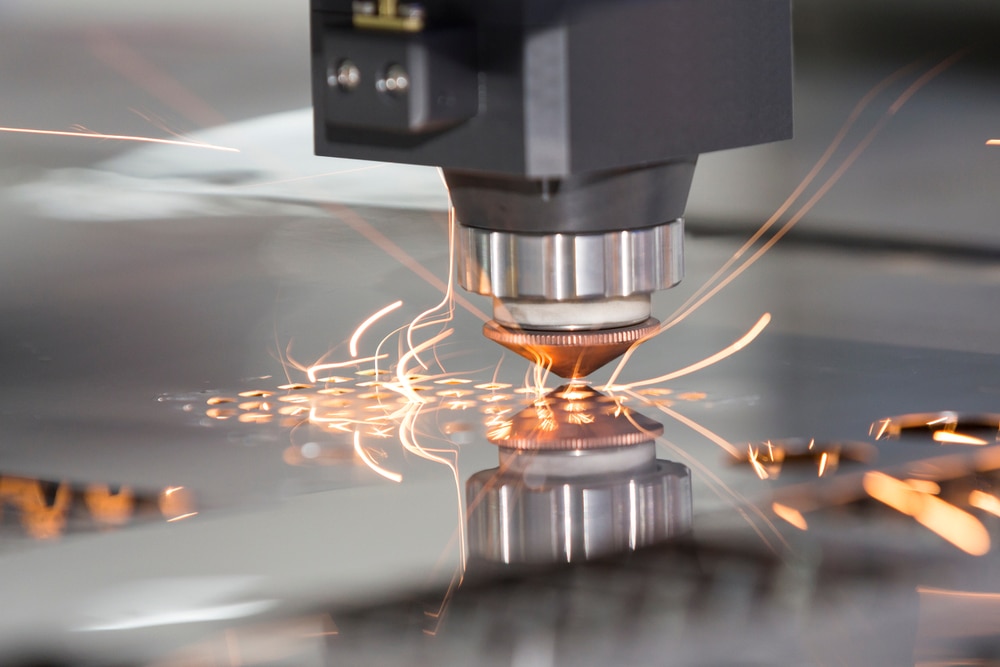
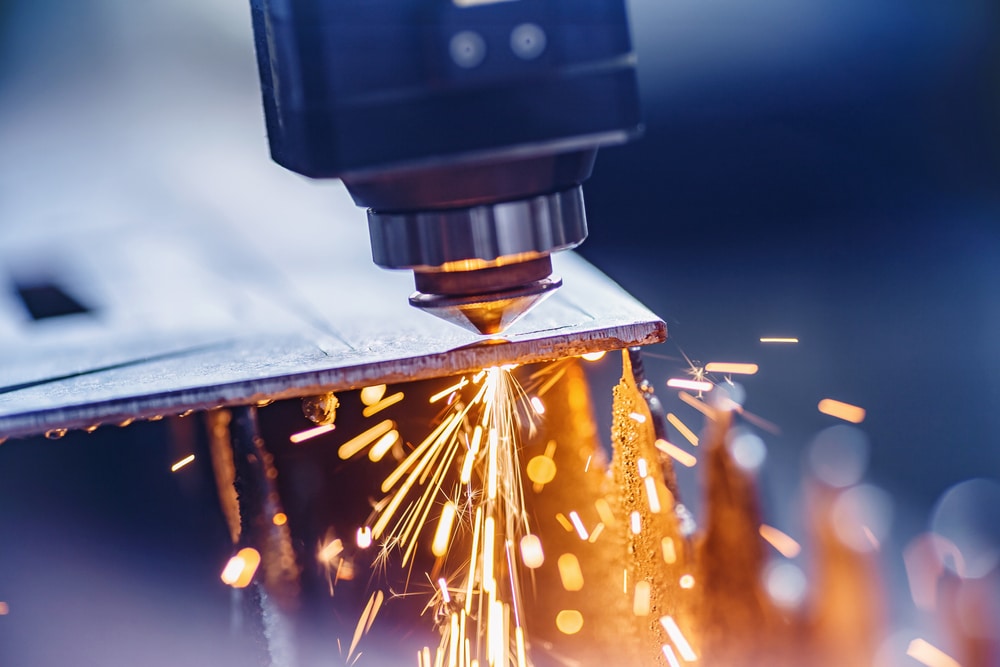
Types of Laser Welding
Laser welding is a precise and efficient joining process that utilizes a focused laser beam to create welds. There are two main types of laser welding: conduction mode and keyhole mode. In conduction mode, the laser energy is primarily conducted through the material, resulting in a shallow and wider weld penetration. On the other hand, keyhole mode involves high-intensity laser energy that creates a deep and narrow weld by vaporizing the material, forming a keyhole-shaped cavity.
Conduction Mode
Utilizing the conduction mode in laser welding processes can evoke a sense of precision and efficiency, enhancing the overall quality of the weld.
Conduction mode refers to a type of laser welding where heat is primarily conducted through the material being welded rather than being absorbed by it. In this mode, a high-power laser beam is used to melt the surface of the workpiece, creating a small molten pool. The heat from the laser beam then conducts through the material, causing it to melt and join with adjacent surfaces. This process allows for precise control of heat input and minimizes distortion in the welded joint.
Moreover, conduction mode welding has been found to be particularly effective when working with materials that have high thermal conductivity, such as copper or aluminum alloys. By understanding and utilizing conduction mode in laser welding processes, manufacturers can achieve high-quality welds with improved strength and structural integrity.
Keyhole Mode
The keyhole mode in laser welding involves the creation of a narrow, deep hole in the workpiece, allowing for deeper penetration and increased weld strength. This mode is achieved by focusing a high-power laser beam onto the workpiece surface, causing intense heating and vaporization of the material. The resulting vapor forms a keyhole or cavity within the workpiece, which is maintained by balancing the energy input from the laser with heat dissipation.
As the laser beam moves along the joint, it continuously melts and resolidifies the material surrounding the keyhole, creating a strong and durable weld. The keyhole mode is particularly effective when working with thicker materials or when a high welding depth is required. To achieve optimal results in this mode, precise control over power densities and welding parameters is essential to prevent defects such as porosity or excessive spattering.
Overall, keyhole welding offers significant advantages in terms of penetration depth and weld strength compared to other modes of laser welding.
How Does Laser Welding Work?
One of the most fascinating aspects of laser welding is its ability to join materials with precision and speed. Laser welding is a process that uses a powerful laser beam to melt and fuse two or more materials together. The laser beam is generated by a specialized welding machine and directed onto the workpiece, where it heats the material to its melting point. As the material melts, the laser beam moves along the joint, creating a weld pool that solidifies into a strong bond upon cooling.
This process can be used to join a wide range of materials, including metals, plastics, ceramics, and even composites. Laser welding offers several advantages over traditional welding methods, such as heat conduction welding. It allows for precise control over the heat input, resulting in minimal distortion and high-quality welds.
Additionally, laser welding is a non-contact process that eliminates the need for physical contact between the welding tool and the workpiece, reducing wear and tear on both components. Overall, laser welding offers an efficient and reliable method for joining materials in various industries.
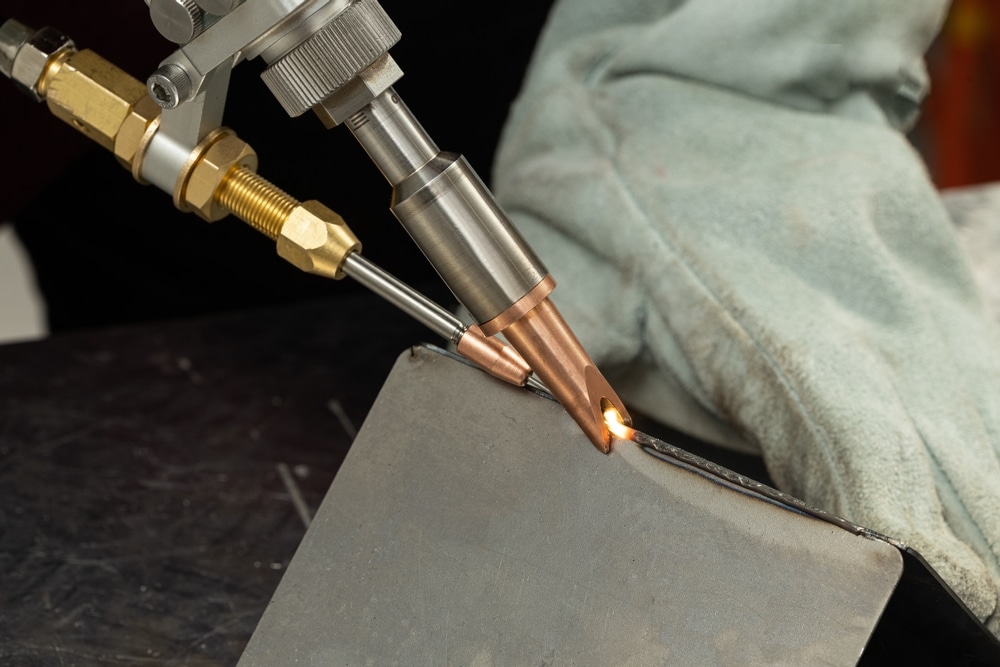
Advantages of Laser Welding
An appealing aspect of laser welding is its ability to provide precise control over the heat input, resulting in minimal distortion and high-quality welds. Laser welding offers several advantages over traditional welding methods. One advantage is the high weld strength achieved through laser welding, as the process allows for deep penetration and strong bonding between the materials being welded.
Additionally, laser welding enables high welding speeds, making it a time-efficient option compared to other techniques. The focused laser beam used in laser welding allows for pinpoint accuracy, ensuring that only the desired area is heated and minimizing heat-affected zones on the surrounding material. This precision leads to cleaner welds with less need for post-welding cleanup or additional machining.
Overall, these advantages make laser welding a highly efficient and effective method for joining materials in various industries.
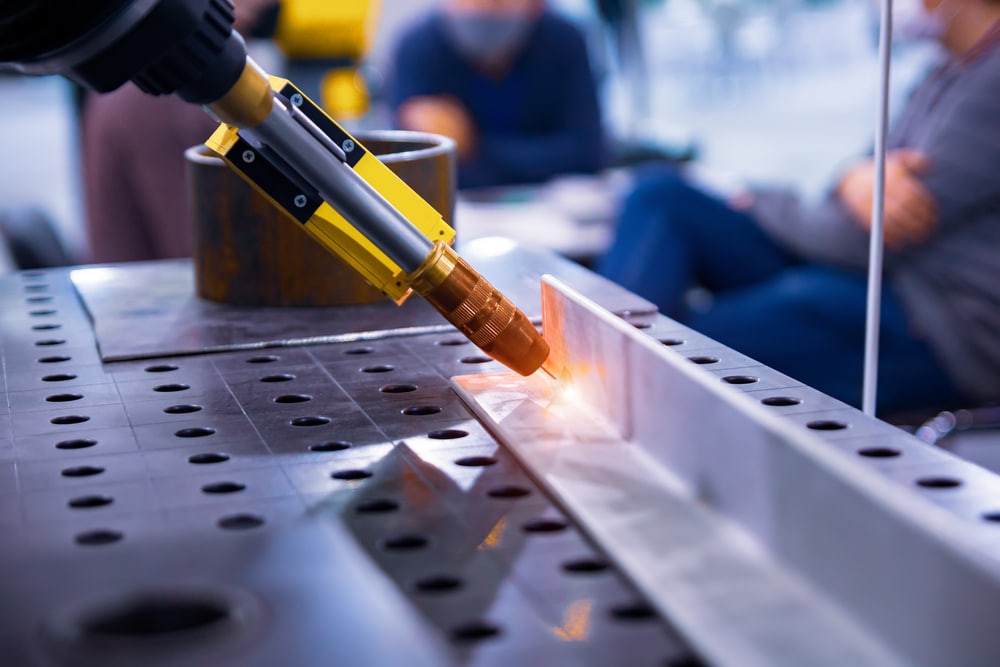
Applications of Laser Welding
After discussing the advantages of laser welding, it is important to delve into its wide range of applications. Laser welding finds extensive use in various industries due to its high precision and versatility. The process involves using a highly focused laser beam that melts the materials being welded together.
This concentrated heat allows for precise control over the welding process, resulting in strong and durable joints. Laser welding is commonly used for joining thin sheets of metal, but it can also be employed for thicker materials by adjusting the power and speed settings. Additionally, laser welding is utilized in specialized applications such as micro-welding, where extremely small components require precise bonding.
The use of advanced welding optics further enhances the accuracy and efficiency of laser welding, making it suitable for intricate tasks like medical device manufacturing or electronic assembly. Overall, the countless applications of laser welding highlight its immense potential in various industries where precise and reliable bonding is crucial.
Laser Welding vs. Traditional Welding
In comparing laser welding to traditional welding methods, it is noteworthy that laser welding can achieve higher precision and accuracy with a significantly smaller heat-affected zone.
Laser welding utilizes a highly focused beam of light, usually from a high-powered laser, to melt and join materials together. This concentrated energy allows for precise control over the weld seam, resulting in stronger and more reliable welds. Additionally, because the heat input is localized to a smaller area, the heat-affected zone surrounding the weld is minimized.
This reduces the risk of distortion or damage to the surrounding material, making laser welding suitable for joining delicate or heat-sensitive components. In contrast, traditional welding techniques such as arc or gas welding rely on intense heat generated by an electric arc or flame to melt and fuse materials together.
These methods often involve larger heat inputs, leading to larger heat-affected zones that can cause distortion or weaken the structural integrity of the welded joint. Furthermore, laser welding offers advantages in terms of speed and efficiency compared to traditional welding processes.
The focused nature of the laser beam enables faster travel speeds and quicker overall processing times. Laser cutting techniques can also be seamlessly integrated with laser welding systems for simultaneous cutting and joining operations in various industrial applications.
Conclusion
In conclusion, laser welding is a highly efficient and precise method of joining materials together. It offers several advantages over traditional welding techniques, including minimal heat distortion, high weld quality, and the ability to weld complex geometries. Laser welding is widely used in various industries such as automotive, aerospace, electronics, and medical devices.
Related Content
Need more information?
To see how A&M could support your next complex manufacturing project – simply call us, or use the form below.
